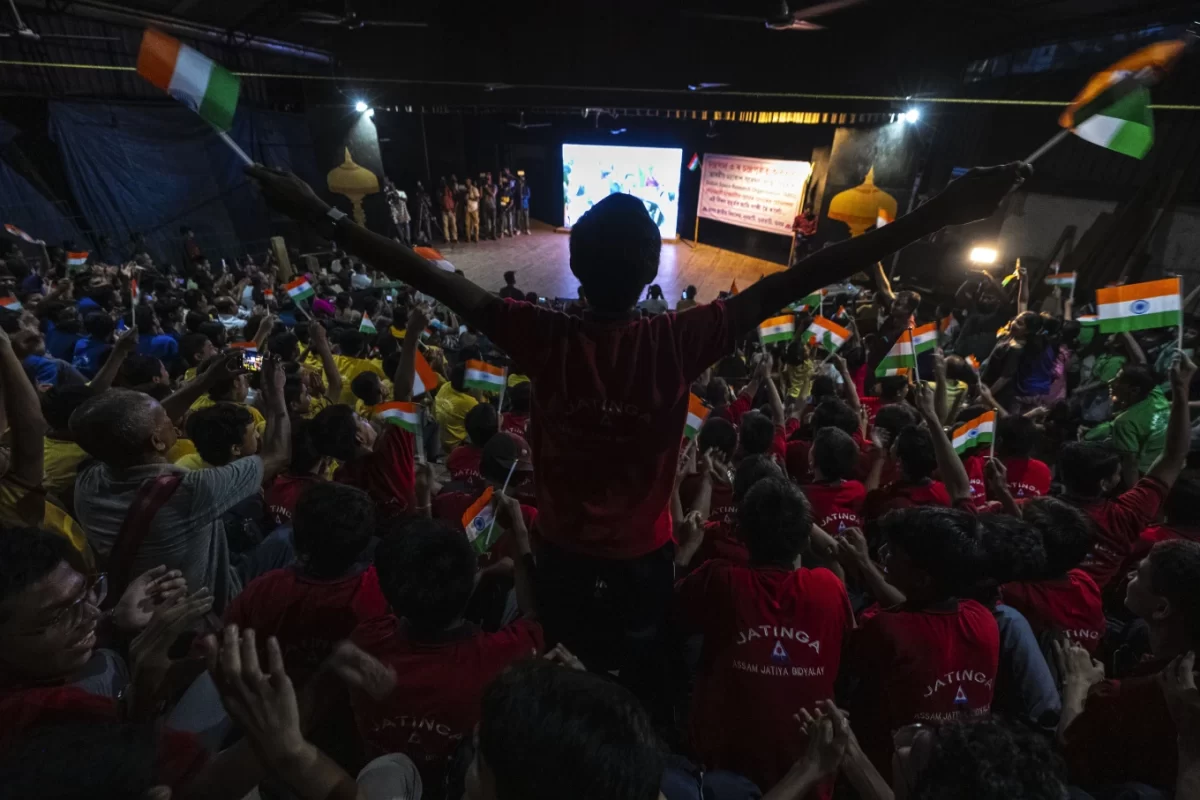India made history when the country launched and landed Chandrayaan-3 on the south pole of the moon on Aug. 23, 2023.
The mission began five weeks prior, with an estimated budget of 75 million dollars.
The Chandrayaan-3 lander and rover operated for one lunar day, which is equivalent to 14 days on Earth.
The south pole of the moon has been of particular interest to several countries after the Indian Chandrayaan-1 imaging radar was able to detect possible large deposits of ice in craters. The orbiter operated for a year before detecting the presence of hydrogen-oxygen bonds, which was announced globally in 2009.
After a failed attempt to land on the moon in 2019, India finally became the fourth country to land on the moon, following the United States, the Soviet Union and China.
The landing was not only notable in the course of history but also had an impact on the lives of Indian American students.
“It shows that despite being a minority in the United States, despite making mistakes, it is still possible to get a second chance,” junior Amulya Girada said. “It’s really cool to see India not give up after failing once and then proving everyone wrong.”
Junior Maya Sundar agrees.
“The Indian moon landing is empowering to Indian Americans because it shows the possibilities of an important part of your background,” Sundar said.
The successful moon mission may showcase India’s rising standing as a global technology powerhouse alongside countries like the United States and China.
Both India and Russia set their sights upon launching to the south pole in the same timeframe. Just days after Russia’s “Luna-25” spun into an uncontrolled orbit and crashed, India was able to land with ease.
The rover hopes to detect water as a potential source of drinking water for future astronaut missions or as a resource for making rocket fuel.
While searching for water, the rover was able to confirm the presence of sulfur and detect several other elements.
According to AP News, Chandrayaan-3 was able to detect aluminum, iron, calcium, chromium, titanium, manganese, oxygen and silicon — all of which are crucial to sustain life on the moon.
As countries around the world race to collect data for future moon missions, India’s landing presents the idea of potentially forging new partnerships.
Nations like the United States, Israel, Russia, China and India are all interested in increasing moon landings, as well as commercial entities.
In terms of what’s next, India plans its first mission to the International Space Station for 2024, in collaboration with the United States.


